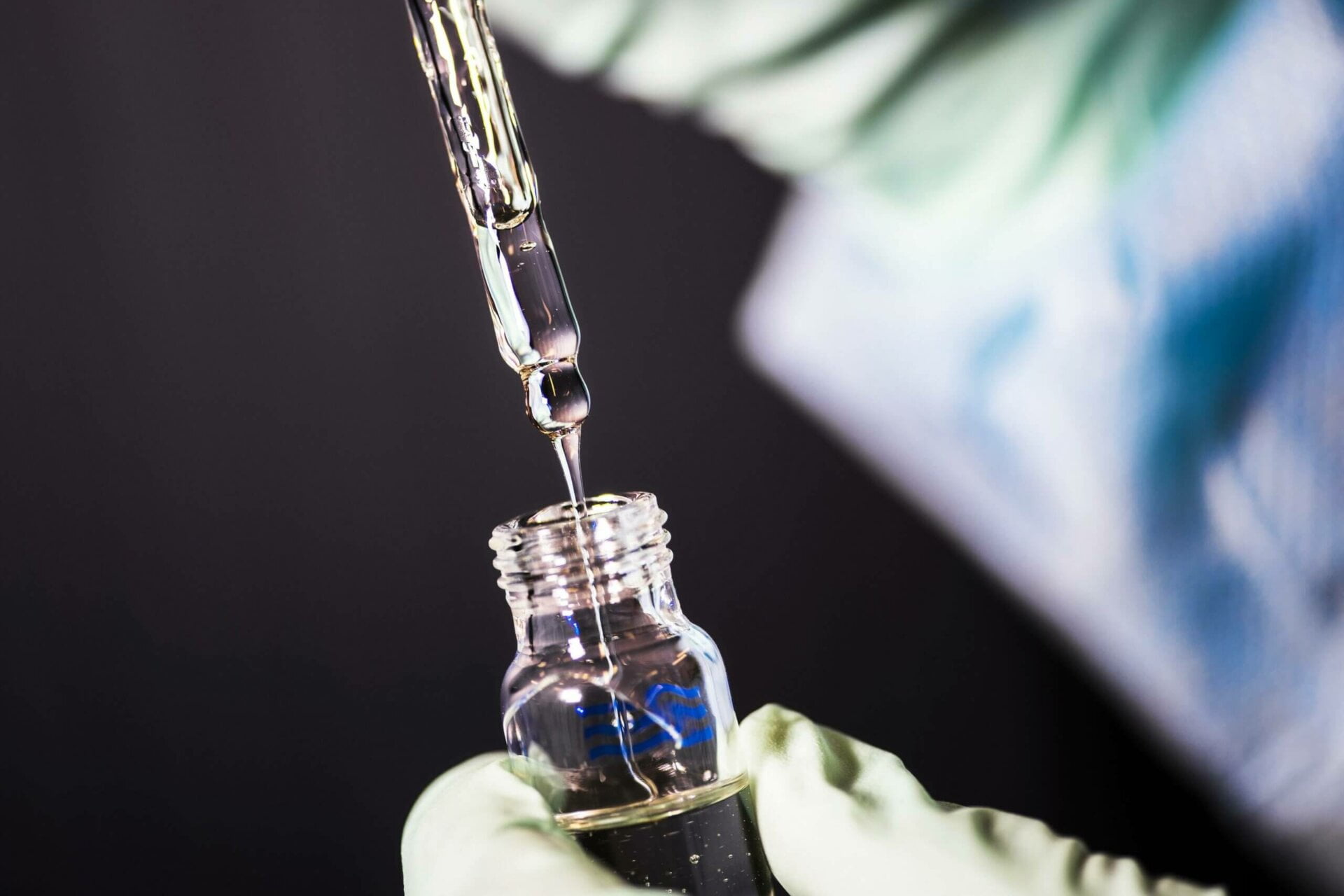First EUDAMED Module Live – Here’s What You Need to Know

DATE
December 05, 2020
AUTHOR
Sascha | Co-Founder & CEO
The European Database for Medical Devices (EUDAMED), is a major part of the European Union’s new medical device and IVD regulations (EU MDR 2017/745 and EU IVDR 2017/746). As a secure, web-based portal, it acts as a central platform for the information exchange between competent authorities and the European Commission (EC). In early December, EUDAMED was launched with the actor registration module live.
What is the purpose of EUDAMED?
For a long time, the EUDAMED database was only available to Competent Authorities and the EC. With the EU MDR, however, the aim of the database will be to offer wider accessibility while also delivering much more information and of higher quality than previously, such as traceability of medical devices, information on conformity assessment procedures, certificates, incidents and clinical studies. In addition to Member States and the EC, the database will now become available to several new users, including Notified Bodies, economic operators, sponsors and the general public. As stated in MDR Article 33 paragraph 4, each user will have access to different levels of information. The ultimate objective is to offer greater transparency about which medical devices are being distributed and where, and who is responsible for them. This change in accessibility also means that we can expect improved coordination and collaboration between medical devices manufacturers and operators, Notified Bodies, Member States and the EC. EUDAMED’s public website can be visited here.
Litigation
One of the byproducts of the EUDAMED database will become evident in litigation cases: Once the new system is up and running, device manufacturers will be in a position to very quickly put together information for a potential defense case, since all their data and safety notes related to the device, both before and after it went into EUDAMED, will be quickly available.
How is EUDAMED structured?
The EUDAMED system is multipurpose and will function as a registration system, a collaborative system, a notification system and a dissemination system (open to the public) and it will be interoperable.
The database consists of six main modules:
- Actors registration
- UDI / device registration
- Certificates and Notified Bodies
- Clinical Investigations and performance studies
- Vigilance
- Post-Market Surveillance
In addition, there are 14 horizontal modules which touch off more than one main module. One of the biggest is the data exchange module because data exchange on an automated basis must cover the same tasks as the frontend, the editing, searching and inserting of data. Data exchange runs across all main modules and this is where larger manufacturers will be able to run scripts on their systems. It will then take their data and push it through to the EC.
On the public side, EUDAMED will take a selection of data from the input entered by manufacturers and importers and make it available to the general public, meaning people will be more informed. In a few years, for example, we as patients will be able to visit EUDAMED to look up a knee implant recommended by our doctor. We’ll be in a position to see all potential risks and SAEs related to this implant and can search for an alternative and then ask the doctor to use that one instead. There is going to be multiple searchable criteria for this purpose.
What is stored in the EUDAMED database?
EUDAMED will contain some or all of the following data, which may vary depending on the device class:
- The manufacturers’ registration, their Authorized Representative and the device(s) in question
- Conformity declaration
- A vigilance and traceability system
- Labeling and instructions
- Justification of the classification according to Annex IX
- A copy of ISO certificate/Proof of Quality Management System (QMS)
- Information on Clinical Investigations
Source: Obelis.
When and how can manufacturers start to use it?
In October 2019, the EC announced that EUDAMED’s launch would be delayed by two years from the original date of 26 May 2020 to 26 May 2022. In the meantime, however, the EC in agreement with the Medical Device Coordination Group (MDCG), is going to make the different EUDAMED modules available on a gradual basis, as announced by Commissioner Stella Kyriakides, and actor registration will be on a voluntary basis. This phased project of EUDAMED is currently planned as follows:
- December 1, 2020 – Actors Module (available here): This is where all the economic operators (importers, authorized representatives, manufacturers, and the system / procedure pack producers must register). Here, manufacturers will need to register and get validated. They will also receive their SRN and can proceed with labelling projects.
- Before May 2021 – UDI Devices and Certificates
- End of 2021 – Vigilance module: There are no committed dates for this yet.
- 2022 – Clinical investigations and Post-Market Surveillance
What are the first steps after registration?
After a successful registration by a manufacturer, there will be a few steps they need to take before they can start entering their device data. In addition to the manufacturer themselves, importers, authorized representatives, and the system and procedure pack producers will need to be entered into the system individually. A larger company with all four types of actors (manufacturing site, distribution site, importer and an authorized representative) will need to register nearly all of them in EUDAMED with the exception of distributors. Following registration, the competent authority will take over and start checking and validating all information, which will be a major task for these authorities in general. Once validated, the manufacturer will receive an email confirming their registration. But in order to actually receive their Single Registration Number (SRN), they will need to log on and locate it in the system.
How can manufacturers add information?
After registering and assigning rights and duties to specific users, manufacturers can start manually entering data. This task should not be underestimated. In order to add a single device, for example, there are five tabs which need to be completed and it can take several days per device. Every device needs to have a basic UDI (Unique Device Identification), but the UDI-DI or DIs are a level below that. Some products may also have a secondary DI, and each package has its own individual DI as well. Therefore, everything has to be put in the correct sequence. Luckily for manufacturers, it is possible to add or delete any information before the final submission.
A note on GDPR Compliance
Since some of the entered information will be available to the public, manufacturers and other actors will need to be very careful when entering information into the free text fields. Any identifying information about a person could become a major GDPR issue. For example, when entering Vigilance data, it is crucial to not to mention any specific patient or even hospital details.
How can manufacturers prepare for the EUDAMED launch?
Given the system’s high level of complexity, it’s very important to put all the data together in the correct way. This will be a daunting project for IT people working within manufacturers, since they need to make a ballpark estimate for how long they believe it will take. Their next step will be to conduct a skills-gap analysis. The majority of programmers can manage XMLs without a problem, but this XML from the EC entails an abundance of business rules. The XML is the data that is put together in a little structure. The XSD are the rules governing that XML, e.g. specifying that it needs to have a certain amount of letters or numbers, or whether it is a string, number or something else. It is therefore necessary for the manufacturer to find someone who is an expert on XML and XSD. Device data will need to be gathered, validated against the business rules, and then put into XML and validated against XSD. Since this requires a lot of people and there is a general shortage of IT people, manufacturers should start planning resources well ahead of the launch date. They may also need to work with an external vendor to do this, if it’s not their day-to-day business.
Next Steps
Manufacturers should regard EUDAMED as a major IT project and keep up with the information the EC has released so far. It is vital to allocate enough time, money and people to working with EUDAMED and get acquainted with the modules as they become available. More information about EUDAMED can be found here.
The Post-Market Surveillance module will be among the final ones to be released, but manufacturers can also start preparing for this by proactively collecting data on their devices in the market, which is also a key requirement of the EU MDR. For this, the most cost- and time-efficient solution is an EDC (Electronic Data Capture) system such as Climedo’s. If you want to find out more, register for a free trial here:







